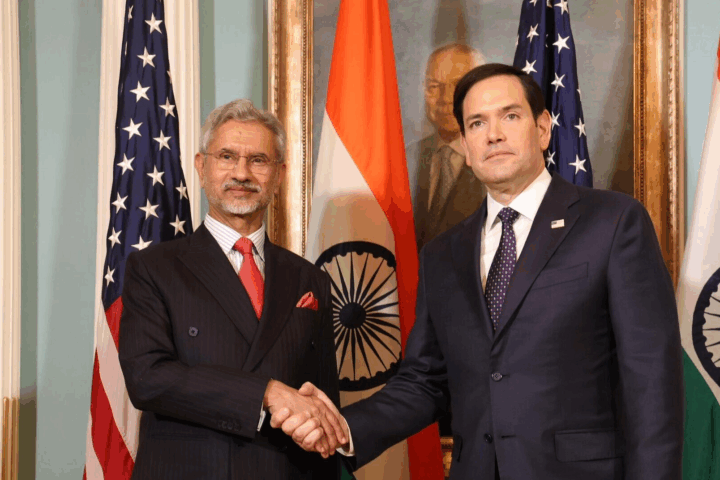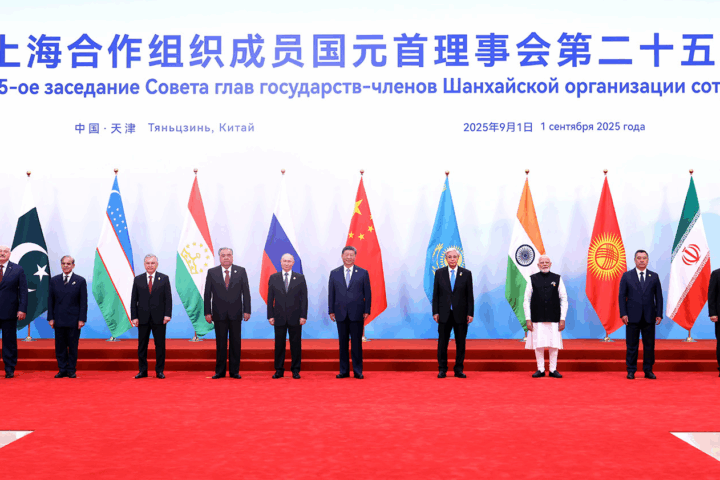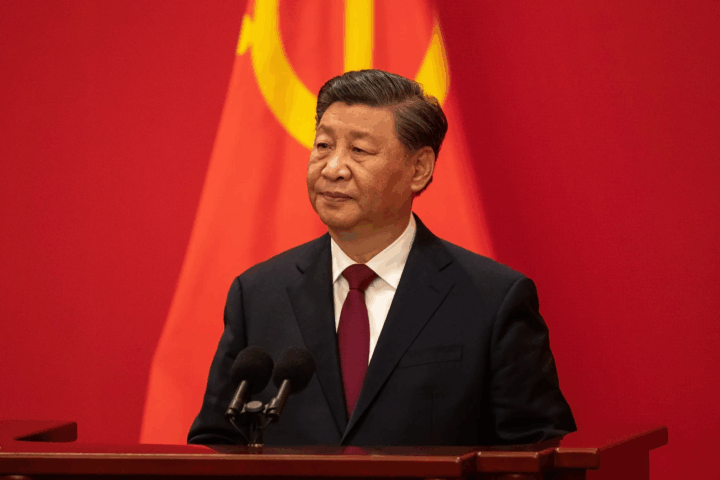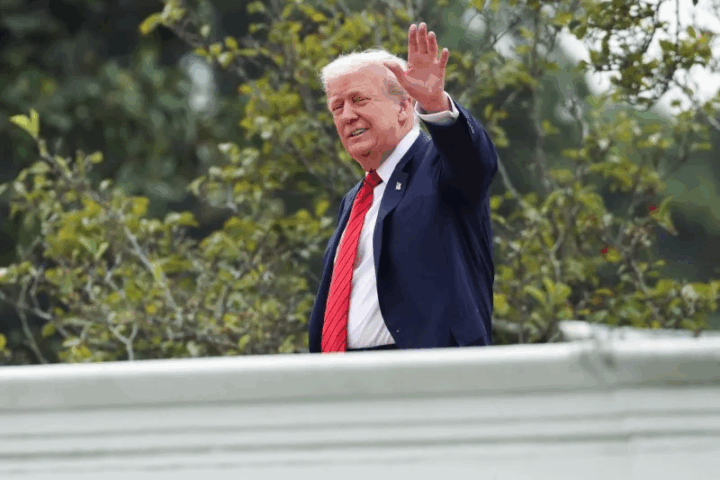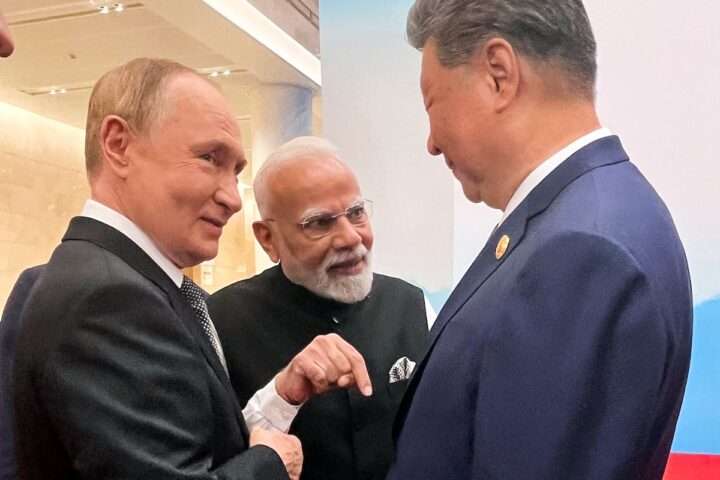In the early hours of May 7, India launched a series of precision air strikes on Pakistani territory and Pakistan-administered Kashmir, in what officials described as a direct response to the deadly April 22 militant attack in Pahalgam, Jammu & Kashmir, which claimed 26 lives, including 25 Indian citizens and one Nepali tourist. The operation, code-named “Operation Sindoor,” specifically targeted nine sites identified by Indian intelligence as major hubs for terrorist activity, including the headquarters of the banned groups Jaish-e-Mohammed (JeM) in Bahawalpur and Lashkar-e-Taiba (LeT) in Muridke.
Focused Strikes on Terror Infrastructure
Indian authorities have emphasized that the strikes were meticulously planned to avoid any escalation with Pakistan and to ensure that only terrorist infrastructure was hit. According to statements from the Indian Ministry of Defence, “No Pakistani military facilities have been targeted. India has demonstrated considerable restraint in selection of targets and method of execution”. The strikes were described as “focused, measured, and non-escalatory,” with the explicit intent to avoid civilian casualties and military confrontation.
The nine sites targeted were chosen based on intelligence assessments linking them to past terror plots and infiltration attempts against India. The operation involved coordinated precision missile strikes, including the use of kamikaze drones, by all three branches of the Indian armed forces. Among the locations struck were strongholds of JeM, LeT, and Hizbul Mujahideen, groups long accused by India of orchestrating attacks on its soil.
Civilian and Military Assets Spared
India has made it clear that civilian areas and Pakistani military assets were deliberately excluded from the target list. The Indian Embassy in the United States reiterated that “No Pakistani civilian, economic or military targets have been hit. Only known terror camps were targeted”. This approach was intended to send a strong message to the perpetrators of the Pahalgam attack while avoiding unnecessary provocation or escalation with Pakistan.
Diplomatic and Strategic Context
The strikes come amid heightened tensions between the two nuclear-armed neighbors, following the Pahalgam massacre, which was the deadliest attack on civilians in Kashmir in two decades. Indian Prime Minister Narendra Modi, who monitored the operation, reaffirmed the country’s resolve to “pursue the perpetrators to the ends of the Earth” and ensure accountability for those responsible for the attack.
India’s calibrated response, focusing solely on terror infrastructure, reflects a broader strategy to hold militant groups accountable without drawing the region into a broader conflict. Indian officials have also launched a diplomatic campaign to shape the international narrative, stressing the legitimacy and restraint of their actions.


